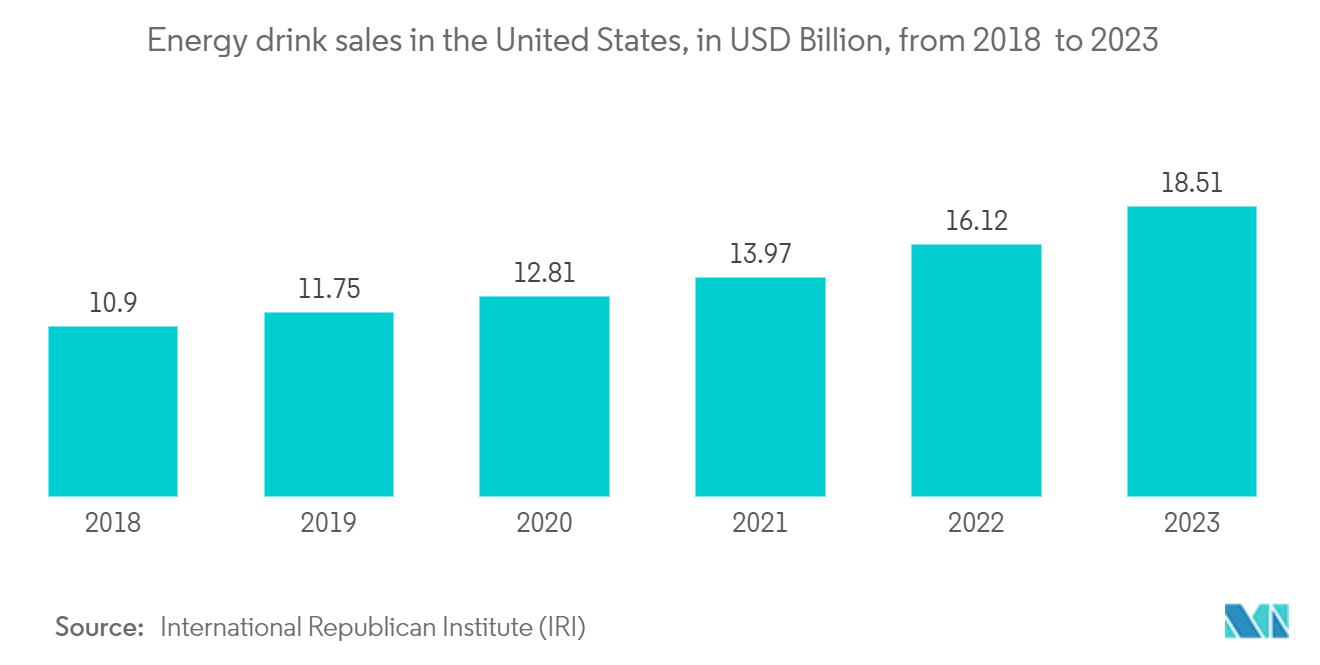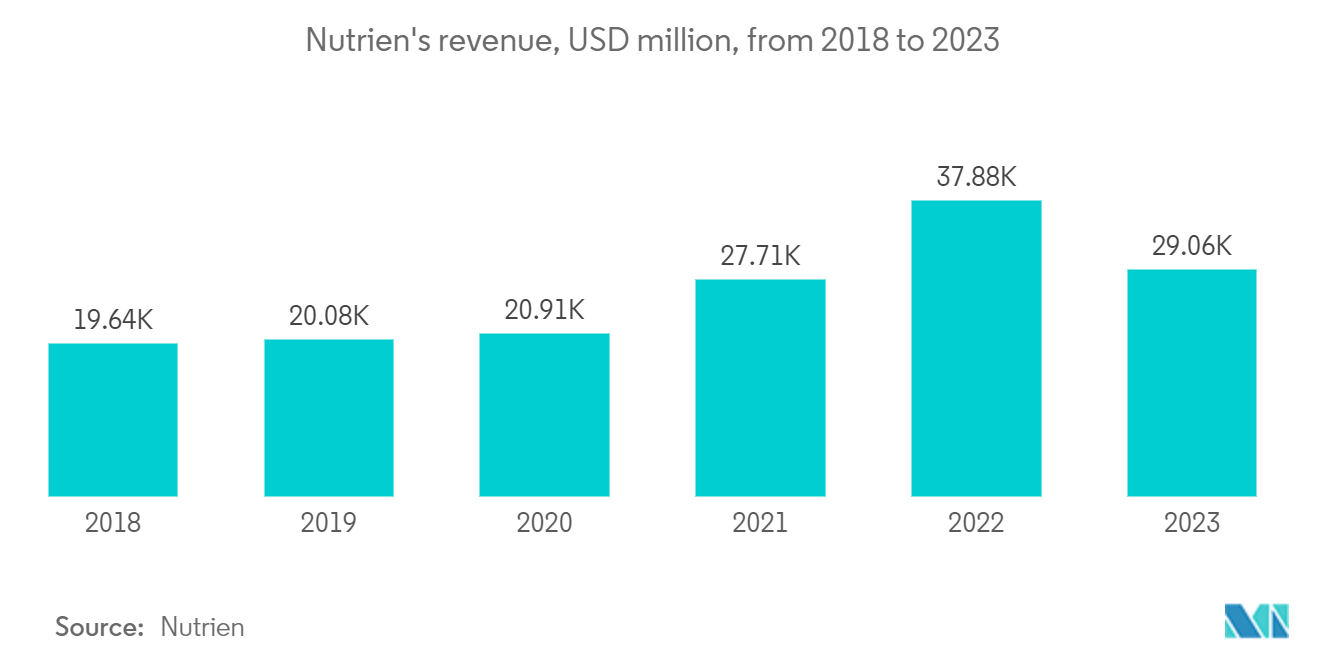Market Trends of North America Metal Packaging Industry
Metal Food Cans Addressing the Food Loss and Wastage Issue Drive the Market
- The concern regarding food loss and wastage is increasing among the food brands as well as the consumers. According to the study, around 40% of food in emerging economies is wasted during the first two steps of the value chain, whereas in mature economies, around 40% of the food wastage is during the last two steps of the value chain.
- The packaging of the product and processing can impact both economies as it lies in the middle of the value chain. Metal food cans serve as an ideal and unique packaging format when compared to other packaging types as the metal cans are hermetically sealed, which helps preserve the food content and the nutrients for very long periods of time.
- In addition, the process of canning also helps destroy a variety of deactivated enzymes and pathogens that otherwise may lead to premature deterioration of food. The heat treatment for canning ensures the destruction of spores of B.cereus, which otherwise leads to intestinal illness. The canned food products do not require refrigeration until served, leading to significant energy savings. Thus, the mentioned factors offer safe transportation of food products throughout the value chain and maintain nutritional value and product quality for a longer period.
- According to the United Nations Environment Programme (UNEP), around 133 billion pounds of edible food in the United States goes to waste every year. The food waste costs about two percent of the country's GDP. Also, food waste contributes 21 percent volume of material in U.S. landfills. The government initiative and programs to reduce food waste and food loss are expected to create market opportunities for metal packaging manufacturers in the region.
- The food brands are trying to address the food wastage concern by adapting metal cans for the food products. The retail sales of canned food products in the United States have increased compared to the previous year, accounting for USD 11.44 billion in 2023 (January-April) from USD 10.49 billion in 2022 (January-April).
- The metal food cans also address the single-serve concern, resulting in portion control. Portion control cuts down food wastage as it encourages the individual to consume the desired amount of portion.

Chemical Sector in Canada Aid to the Growth of Metal Packaging
- Bulk containers, shipping barrels, and drums are used for storing and transporting chemical products. Chemical manufacturers must abide by chemical handling and safety precautions while selecting the proper packaging formats. The improper packaging of chemical products leads to the risk of accidents. Also, the chemical packaging needs to be leak and spill-proof for safe handling and disposal, along with meeting stringent regulations.
- The metal containers are the ideal packaging format and material for storing flammable solvents. The flammable solvents are liquids with a flashpoint of approximately 37.8 degrees Celsius. It is the lowest temperature where vapor is released to ignite. There are chances of danger to be caused as vapor is prone to ignition by naked flames. The metal packaging products protect the flammable solvents against naked flames.
- The expanding chemical sector in Canada is expected to push the demand for metal packaging. The chemical industry shipment in Canada for the year 2022 stood at USD 72.7 billion from USD 64.1 billion in 2021. An increase of 13.5 percent was observed in 2022 compared to 2021. Also, the shipment of industrial chemicals increased by 11.2% in 2022, accounting for USD 34.2 billion from USD 30.5 billion in 2021.
- Furthermore, metal packaging products are not suitable for certain chemical categories as metal is reactive, which may cause danger. This may create a challenge for metal packaging manufacturers dealing in the chemical sector. The metal packaging manufacturers are trying to overcome the challenge by applying advanced coating and painting to the metal containers.


